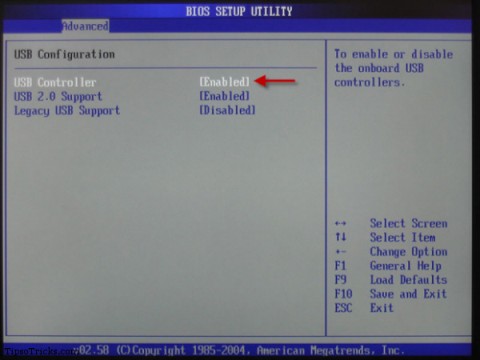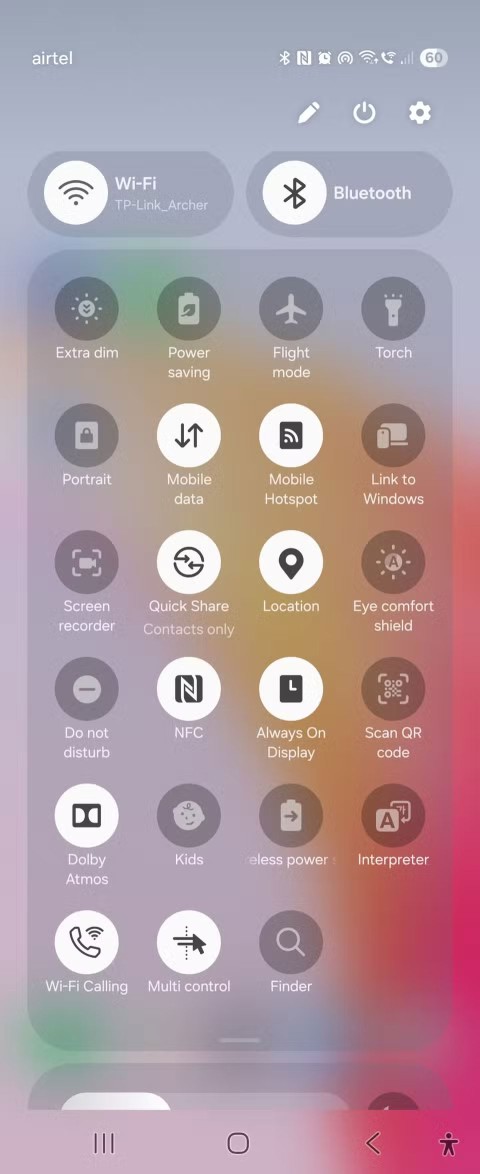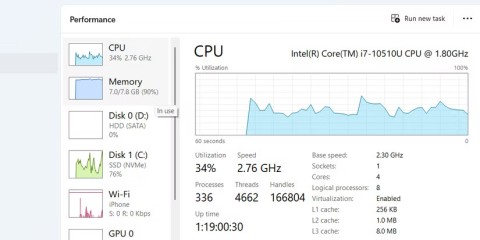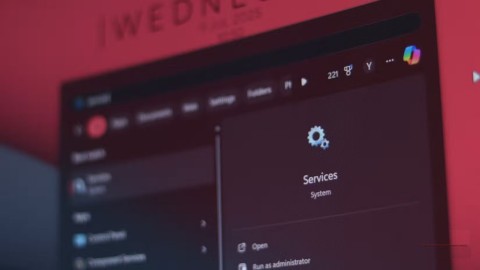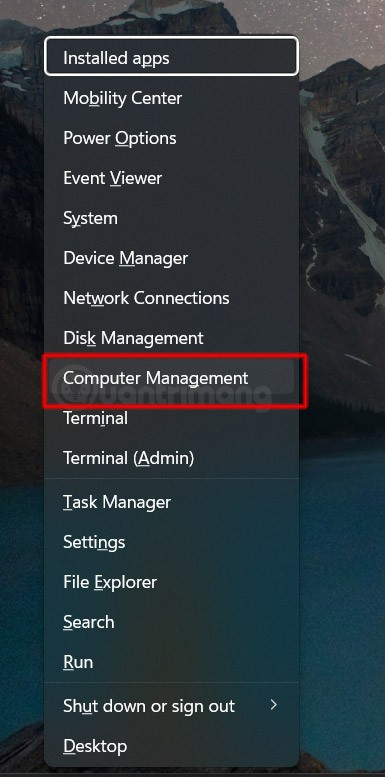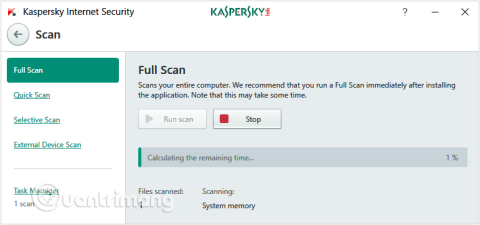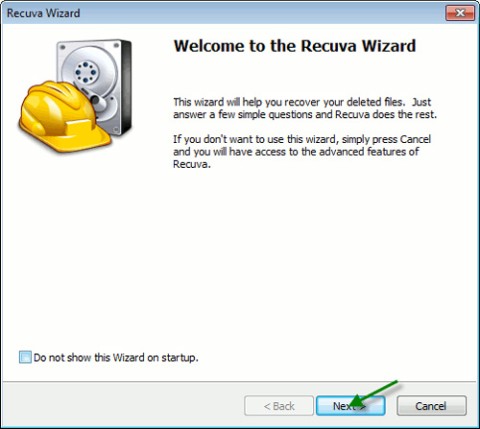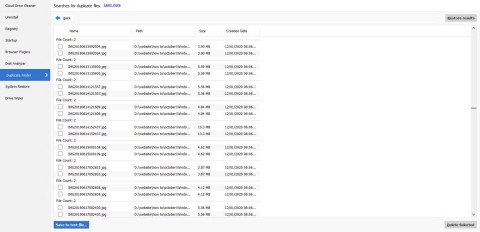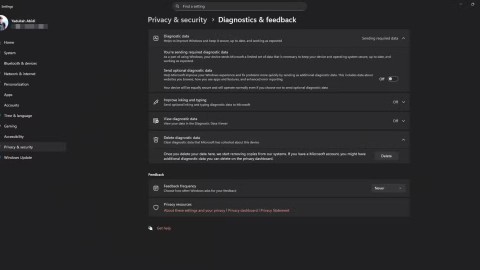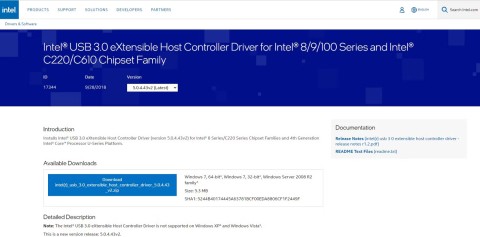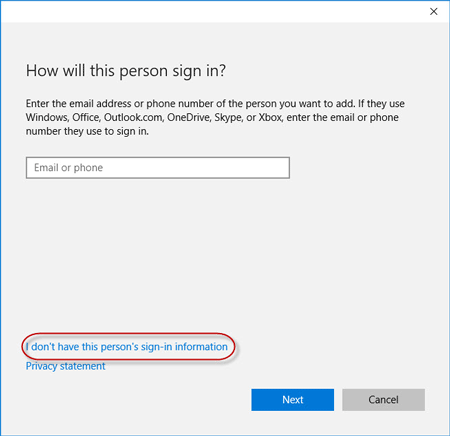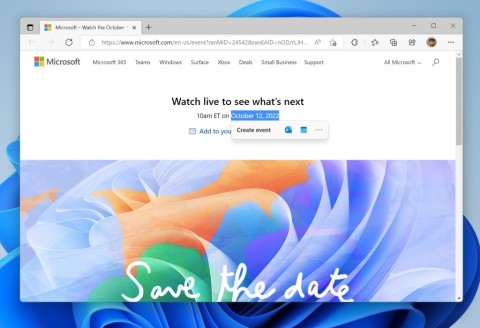How to Clear NVIDIA Shader Cache on Windows
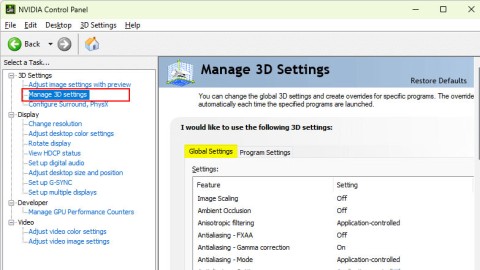
Clearing the NVIDIA Shader Cache will reset the system, forcing it to rebuild with new data. Here are instructions for clearing the NVIDIA Shader Cache.
Running out of storage space disrupts your workflow and can slow down your laptop. Constant low storage notifications can drive you crazy. So start implementing smart habits to make sure you never run out of storage space!
Table of Contents
Windows offers a handy feature called Storage Sense that frees up space by automatically deleting temporary system and app files, emptying the Recycle Bin, and deleting files from your Downloads folder that you haven't used in a while. You can also customize how often it runs and how long it waits before cleaning up files.
You can tweak it to suit your needs. Here's how to enable and set it up:

To adjust your cleaning schedule, click Storage Sense and tweak the settings to suit your preferences.
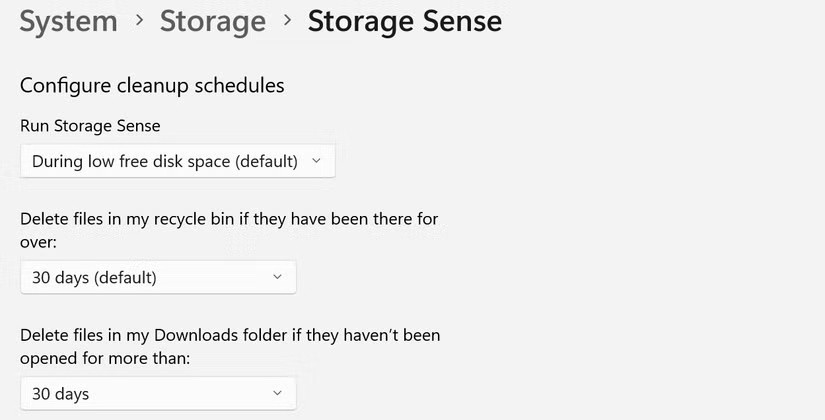
Most of us have a bunch of duplicate files cluttering up our computers, whether it’s from downloading something twice by mistake, copying files from a source that already had duplicates, or forgetting to delete them from their previous location after moving them. Over time, these files accumulate and take up storage space. That’s why it’s important to check for and delete duplicate files regularly.
Since tracking them down manually can be tedious and time-consuming, use the Microsoft PC Manager app, which will quickly scan your system for duplicate files and let you easily delete them. This app is developed by Microsoft and is available directly from the Microsoft Store, so it doesn’t come with the concerns associated with third-party alternatives.
How many applications have you not opened on your computer in months? Many of them you install for a one-time task and then forget about. These unused programs often sit in the background, silently taking up valuable disk space. Identifying and deleting them is an easy way to free up storage space .
To locate and uninstall apps that are taking up a lot of space, follow these steps:
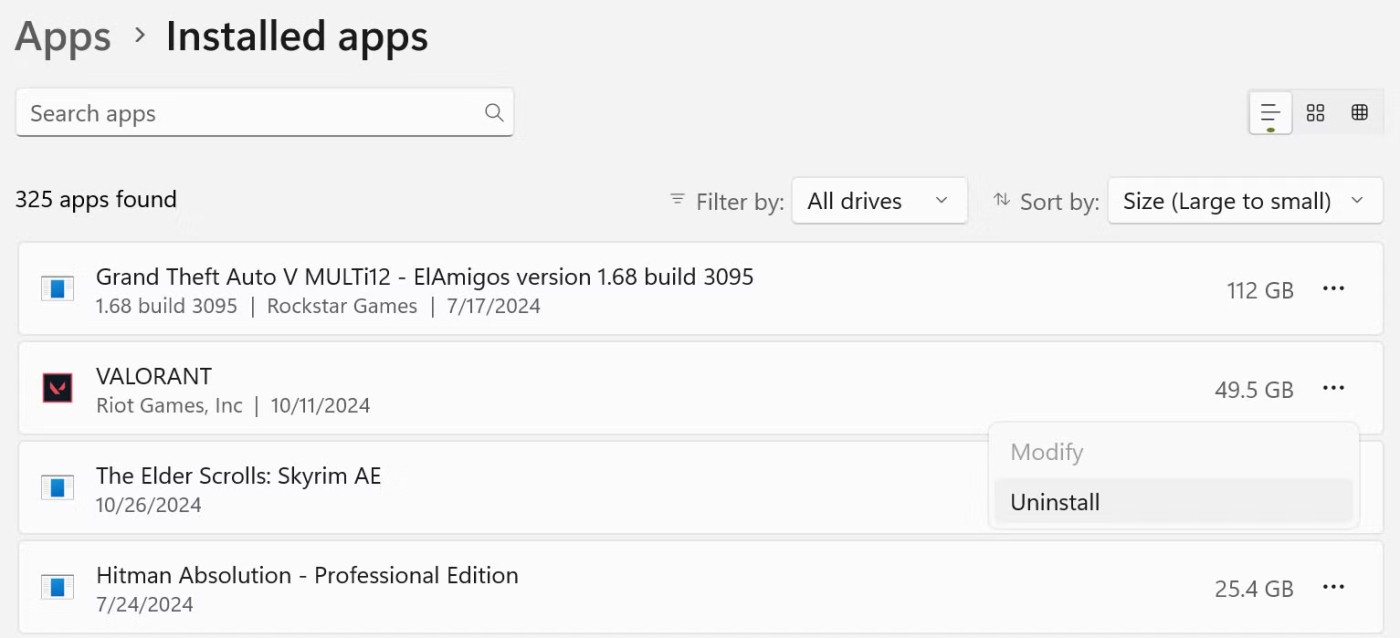
Uninstalling these apps not only frees up storage space, but can also boost your PC's performance, especially if they're running in the background and consuming system resources.
If there’s one place on your computer that’s always overlooked when it comes to storage, it’s the Downloads folder. People often download random installers, documents, and images that end up there, even after they’ve been used or moved. Sure, Storage Sense deletes unused files every 30 days, on a schedule, but that’s not enough.
Make it a habit to review your Downloads folder at least once a week. Scan for files you no longer need—especially large ones—and delete them to keep your storage space under control.
More than 50% of your storage space is probably taken up by a few folders filled with movies, videos, high-resolution photos, and similar files—some of which you only access a few times a year. It’s an inefficient use of your built-in storage, but it might take you a while to notice. To solve this problem, invest in an external hard drive specifically for storing these large files.
Moving them freed up so much space it was almost unbelievable. Now, get into the habit of storing large, infrequently used files on an external hard drive, keeping your main memory available for important data. However, if you are moving important files to an external hard drive, treat the drive with care to avoid damage and loss of valuable data.
OneDrive's Files On-Demand feature helps you save local storage space by saving files in the cloud and only downloading them when you need them. This way, you can save important files that you rarely access offline. This keeps your storage clean without losing access to anything.
All your files are still visible in File Explorer, and you can control which files stay on your device or in the cloud. To free up space, right-click a file you don't use often and select Free up space - this is only available online.
For files you want to always have access to, right-click and tap Always keep on this device .

Remember that if a file is marked as online-only, you will need an Internet connection to access it. You will not be able to open or use the file without Internet access.
That's how you control the storage space on your laptop and avoid running out of space. If you're having trouble with low storage, try these tips!
Clearing the NVIDIA Shader Cache will reset the system, forcing it to rebuild with new data. Here are instructions for clearing the NVIDIA Shader Cache.
Unlocking USB ports in BIOS is not difficult. However, how to lock computer USB ports? Let's find out with Quantrimang.com!
Being blocked online can be frustrating, whether it's a forum lockout, a game ban, or a temporary IP restriction. The good news is that you don't always need a VPN to get around these restrictions.
When your computer crashes, seeing how everything is running can help you troubleshoot. And when everything is working, this information can also help you optimize your system.
Windows laptops aren't known for their battery life, at least not without some tweaking. But these tips will help your laptop last all day without having to find a power outlet.
Windows 10/11 includes a hidden Administrator account that you can use to manage all the important data on your computer. Let's see how to enable or disable the built-in Administrator account on Windows 10/11!
System Service Exception or SYSTEM_SERVICE_EXCEPTION is one of the BSOD errors (blue screen of death errors). System Service Exceptions errors occur quite commonly and continuously.
In the following article, we will present the basic operations to recover deleted data in Windows 7 with the support tool Recuva Portable. With Recuva Portable, you can store it in any convenient USB, and use it whenever needed. The tool is compact, simple, easy to use with some of the following features:
CCleaner scans for duplicate files in just a few minutes, then lets you decide which ones are safe to delete.
Windows doesn't come with security set up by default, which means there are some default settings you need to change.
USB devices have become indispensable in everyday life, allowing us to connect a wide variety of essential hardware to our PCs.
If you properly lock down your guest Wi-Fi network, you can share your Internet connection with any visitors without sharing any other information.
For some reason, your Windows 10 computer lost Admin rights, every time you open an application on the screen you receive an error message. So how to restore lost Admin rights, please refer to the article below of WebTech360.
In this article, WebTech360 will guide you how to turn off the firewall on Windows 11.
After a long wait, the first major update of Windows 11 has officially been released.
